-
 Bitcoin
Bitcoin $117900
0.31% -
 Ethereum
Ethereum $3766
0.28% -
 XRP
XRP $3.176
-0.31% -
 Tether USDt
Tether USDt $1.000
0.00% -
 BNB
BNB $795.6
1.51% -
 Solana
Solana $186.8
-1.09% -
 USDC
USDC $0.9999
-0.01% -
 Dogecoin
Dogecoin $0.2353
-1.33% -
 TRON
TRON $0.3226
1.49% -
 Cardano
Cardano $0.8172
-1.08% -
 Sui
Sui $4.178
3.06% -
 Hyperliquid
Hyperliquid $43.05
-3.39% -
 Stellar
Stellar $0.4367
-0.57% -
 Chainlink
Chainlink $18.62
1.47% -
 Hedera
Hedera $0.2828
6.63% -
 Bitcoin Cash
Bitcoin Cash $584.7
5.65% -
 Avalanche
Avalanche $24.81
2.53% -
 Litecoin
Litecoin $112.8
-0.88% -
 UNUS SED LEO
UNUS SED LEO $8.975
-0.08% -
 Shiba Inu
Shiba Inu $0.00001395
-1.07% -
 Toncoin
Toncoin $3.285
-1.05% -
 Ethena USDe
Ethena USDe $1.001
0.01% -
 Polkadot
Polkadot $4.123
0.76% -
 Uniswap
Uniswap $10.49
-0.18% -
 Monero
Monero $326.5
0.14% -
 Dai
Dai $0.9999
-0.02% -
 Bitget Token
Bitget Token $4.576
0.34% -
 Pepe
Pepe $0.00001247
-1.55% -
 Cronos
Cronos $0.1400
3.77% -
 Aave
Aave $295.1
-0.73%
Where can I view the audit report of USDT?
Tether provides attestations, not full audits, of its USDT reserves, accessible on its website. These limited snapshots, subject to ongoing scrutiny, lack the comprehensiveness of independent audits, fueling debate about USDT's stability.
Mar 07, 2025 at 07:36 am
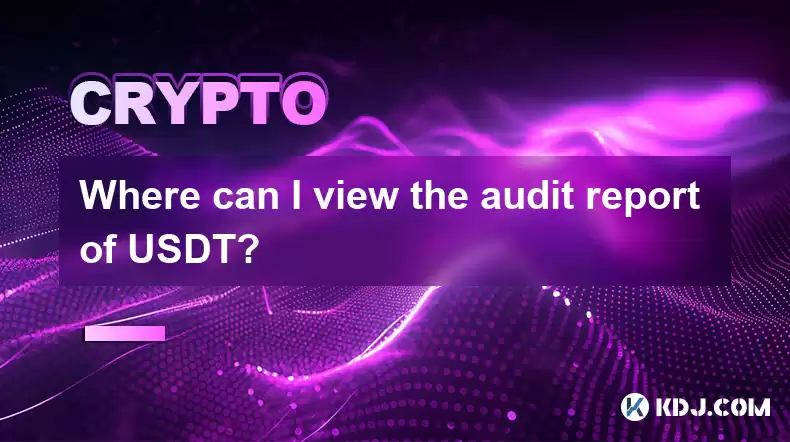
Key Points:
- Tether, the issuer of USDT, publishes attestations, not full audits, of its reserves.
- These attestations provide a snapshot of Tether's assets backing USDT, but lack the depth of a full audit.
- Accessing these attestations requires navigating Tether's website and understanding their reporting methodology.
- Transparency surrounding USDT's reserves has been a subject of ongoing debate and scrutiny within the cryptocurrency community.
- Several third-party analyses and reports attempt to independently verify Tether's claims, though these are not official audits.
Where Can I View the Audit Report of USDT?
The question of where to find a full, independent audit report for USDT is complex. Tether, the company behind the USDT stablecoin, has historically faced criticism for its lack of transparency regarding its reserves. While they have provided attestations, these are not the equivalent of a comprehensive, publicly available audit report from an independent accounting firm that would satisfy the standards typically associated with publicly traded companies.
Tether's approach to transparency has evolved over time. Initially, they provided limited information. More recently, they have published attestations from various accounting firms. These attestations, however, typically focus on a specific point in time and examine a sample of Tether's assets. They do not offer a complete picture of all assets and liabilities, nor do they undergo the rigorous scrutiny associated with a full, independent audit.
To access the attestations released by Tether, you'll need to visit their official website. The information is usually available in press releases or dedicated sections on their site. It's crucial to carefully review the scope and limitations of these attestations as they are not a complete audit. Understanding the methodology employed by the auditing firm is essential for proper interpretation. The attestations may highlight the composition of their reserves – including commercial paper, cash, and other assets – but crucial details may still be missing.
Understanding the Differences Between Attestations and Audits
A critical distinction exists between an attestation and a full audit. An audit is a comprehensive examination of a company's financial statements, performed by an independent auditor, designed to provide reasonable assurance that the statements are free from material misstatement. This involves a rigorous process of verification, testing, and analysis of all relevant financial information.
In contrast, an attestation offers a limited assurance. The auditor typically tests a sample of the assets and does not examine every single transaction. Therefore, the level of assurance provided is considerably lower than that of a full audit. While attestations can still offer valuable insights, they are not a substitute for the comprehensive scrutiny of a full audit. The difference is analogous to a doctor performing a quick check-up versus conducting a thorough physical examination.
The lack of full, independent audits for USDT has been a persistent source of concern for many in the cryptocurrency community. This lack of complete transparency fuels uncertainty about the true value and stability of the stablecoin. Many argue that the lack of full audits undermines confidence in the peg to the US dollar. The absence of a readily available, comprehensive audit report directly impacts the ability of investors and users to completely assess the risk involved in holding USDT.
Navigating Tether's Website and Understanding Their Reports
Finding the information on Tether's website can sometimes prove challenging. The information is not always presented in a readily accessible format. You may need to navigate through press releases, investor relations sections, or dedicated pages on their site. Pay close attention to the dates of the attestations. These are snapshots in time, and the composition of Tether's reserves may change over time.
Once you locate the relevant documents, carefully review the scope of the attestation. Look for specific details on the types of assets held, the methodology used by the auditing firm, and any limitations mentioned in the report. The reports typically detail the methodology employed to assess the reserves. Understanding these methodologies is crucial to accurately interpreting the findings. Furthermore, it is important to consider that the attestations themselves may be subject to different interpretations and levels of confidence depending on the user’s background and expertise.
The language used in these reports is often technical and may require some financial acumen to fully grasp. It's advisable to seek clarification from financial professionals if you have any doubts or uncertainties about the information provided. Keep in mind that even with the attestations, some level of uncertainty always remains due to the inherent limitations of the attestation process itself. This uncertainty is amplified by the lack of a fully transparent and independently audited system.
Third-Party Analyses and Reports
Several independent researchers and organizations attempt to analyze Tether's operations and assess the validity of their claims. These analyses are not official audits but can provide additional context and insights. However, it's essential to approach these reports critically, considering their potential biases and limitations. Not all analyses are created equal, and some may be more rigorous and reliable than others.
These third-party analyses often employ different methodologies and may reach varying conclusions. Some might focus on on-chain data, attempting to track the flow of funds and identify potential inconsistencies. Others might analyze Tether's financial statements and public disclosures to identify any red flags. It’s crucial to understand the limitations and potential biases of any independent analysis you consult, as they are not replacements for official audits.
Frequently Asked Questions:
Q: Are Tether's attestations equivalent to a full audit?
A: No. Attestations offer a limited assurance, examining a sample of assets, unlike a full audit which examines all financial statements.
Q: Why doesn't Tether release a full audit?
A: Tether has not publicly stated a definitive reason for not releasing full audits. The lack of full audits has been a source of ongoing criticism and speculation within the crypto community.
Q: Where can I find independent analyses of Tether's reserves?
A: Various research firms and individuals publish analyses, though these should be viewed critically as they are not official audits. Use caution when relying on such analyses, and consider the source's potential biases.
Q: What is the significance of the lack of a full audit for USDT's credibility?
A: The lack of a full, independent audit raises concerns about the transparency and stability of USDT, impacting investor confidence in the stablecoin's peg to the US dollar.
Disclaimer:info@kdj.com
The information provided is not trading advice. kdj.com does not assume any responsibility for any investments made based on the information provided in this article. Cryptocurrencies are highly volatile and it is highly recommended that you invest with caution after thorough research!
If you believe that the content used on this website infringes your copyright, please contact us immediately (info@kdj.com) and we will delete it promptly.
- Bitcoin, Ruvi AI, and CoinMarketCap: Navigating the Future of Crypto
- 2025-07-28 02:30:12
- Dogwifhat (WIF) Eyes Bullish Breakout: Can It Breach $1.20?
- 2025-07-28 02:50:12
- Bitcoin Bounces: How the US-China Tariff Truce Impacts Crypto
- 2025-07-28 02:50:12
- Bitcoin Bull Market: Price Targets and Expert Takes
- 2025-07-28 02:30:12
- Cardano Price Rockets: ADA Jumps Past Resistance, $2 Target in Sight?
- 2025-07-28 01:30:14
- Ruvi AI: The Next Solana? Riding the AI Token Wave on CoinMarketCap
- 2025-07-28 00:50:16
Related knowledge
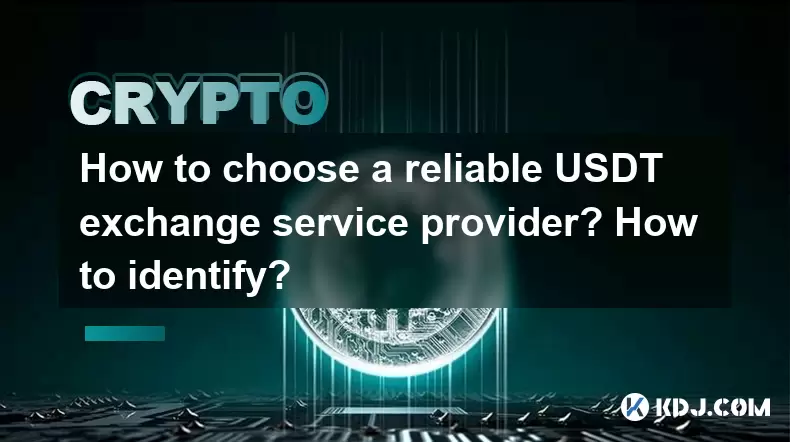
How to choose a reliable USDT exchange service provider? How to identify?
Jun 12,2025 at 03:15pm
Understanding the Role of USDT in Cryptocurrency TradingUSDT (Tether) is one of the most widely used stablecoins in the cryptocurrency market. It is d...
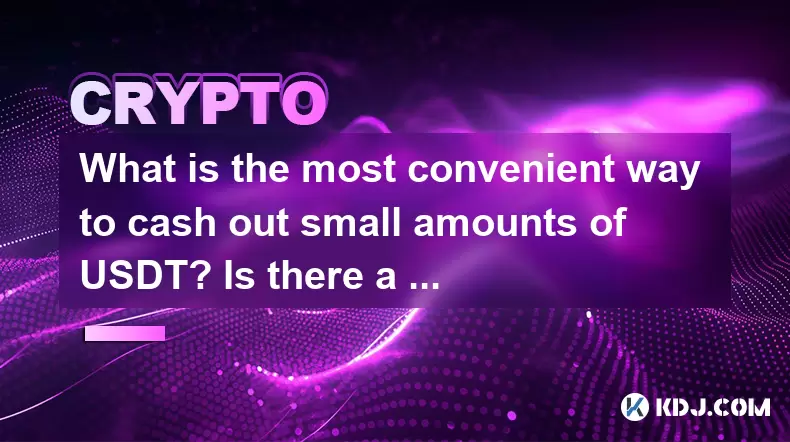
What is the most convenient way to cash out small amounts of USDT? Is there a shortcut?
Jun 11,2025 at 11:00pm
Understanding the Need to Cash Out Small USDT AmountsCashing out small amounts of USDT can be a challenge for many crypto users. Traditional methods o...
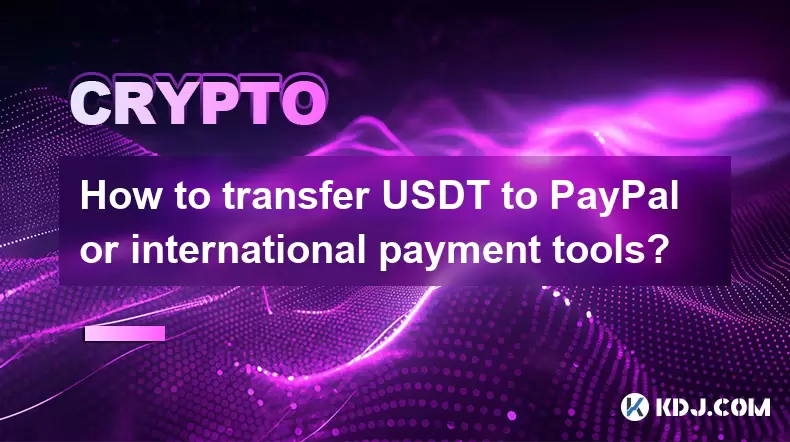
How to transfer USDT to PayPal or international payment tools?
Jun 15,2025 at 05:28am
Understanding the Basics of USDT and PayPal IntegrationUSDT (Tether) is a stablecoin pegged to the US dollar, offering blockchain-based value transfer...
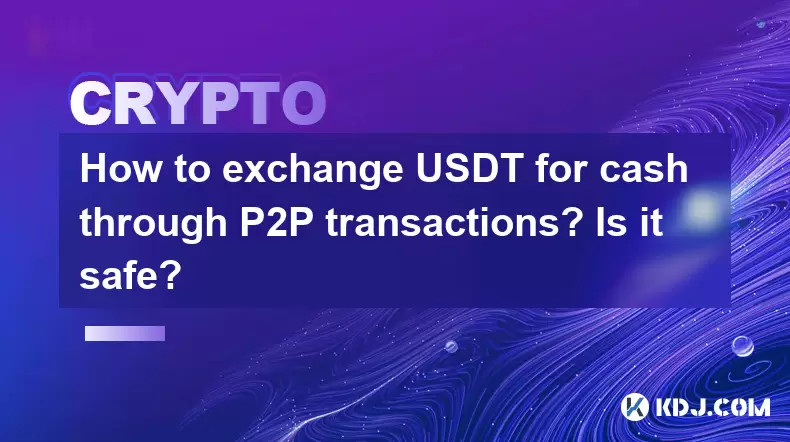
How to exchange USDT for cash through P2P transactions? Is it safe?
Jun 18,2025 at 07:56am
Understanding USDT and P2P TransactionsTether (USDT) is a stablecoin pegged to the value of the US dollar, making it a popular choice for users who wa...
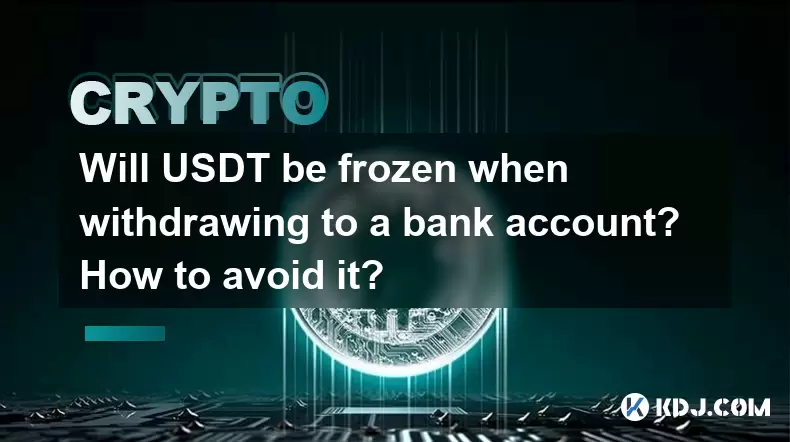
Will USDT be frozen when withdrawing to a bank account? How to avoid it?
Jun 15,2025 at 10:03am
Understanding USDT Withdrawals and Bank Account Freezing RisksWhen users decide to withdraw USDT (Tether) to a bank account, one of the most common co...
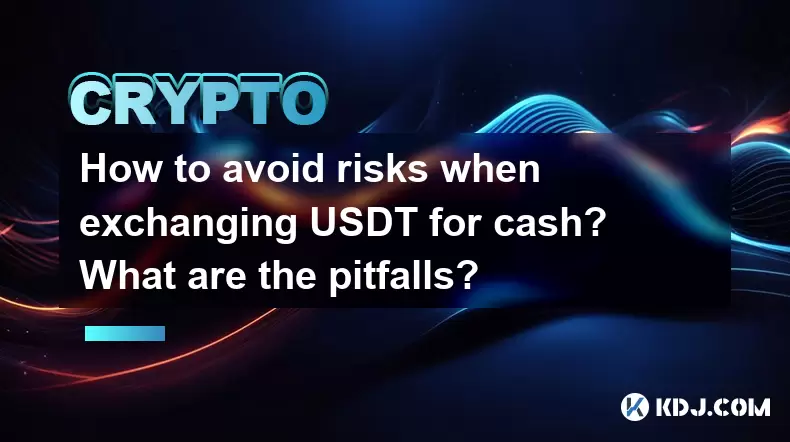
How to avoid risks when exchanging USDT for cash? What are the pitfalls?
Jun 11,2025 at 08:14pm
Understanding the Risks of Exchanging USDT for CashWhen exchanging USDT (Tether) for cash, users must be aware of the potential risks involved. As a s...

How to choose a reliable USDT exchange service provider? How to identify?
Jun 12,2025 at 03:15pm
Understanding the Role of USDT in Cryptocurrency TradingUSDT (Tether) is one of the most widely used stablecoins in the cryptocurrency market. It is d...

What is the most convenient way to cash out small amounts of USDT? Is there a shortcut?
Jun 11,2025 at 11:00pm
Understanding the Need to Cash Out Small USDT AmountsCashing out small amounts of USDT can be a challenge for many crypto users. Traditional methods o...

How to transfer USDT to PayPal or international payment tools?
Jun 15,2025 at 05:28am
Understanding the Basics of USDT and PayPal IntegrationUSDT (Tether) is a stablecoin pegged to the US dollar, offering blockchain-based value transfer...

How to exchange USDT for cash through P2P transactions? Is it safe?
Jun 18,2025 at 07:56am
Understanding USDT and P2P TransactionsTether (USDT) is a stablecoin pegged to the value of the US dollar, making it a popular choice for users who wa...

Will USDT be frozen when withdrawing to a bank account? How to avoid it?
Jun 15,2025 at 10:03am
Understanding USDT Withdrawals and Bank Account Freezing RisksWhen users decide to withdraw USDT (Tether) to a bank account, one of the most common co...

How to avoid risks when exchanging USDT for cash? What are the pitfalls?
Jun 11,2025 at 08:14pm
Understanding the Risks of Exchanging USDT for CashWhen exchanging USDT (Tether) for cash, users must be aware of the potential risks involved. As a s...
See all articles

























































































